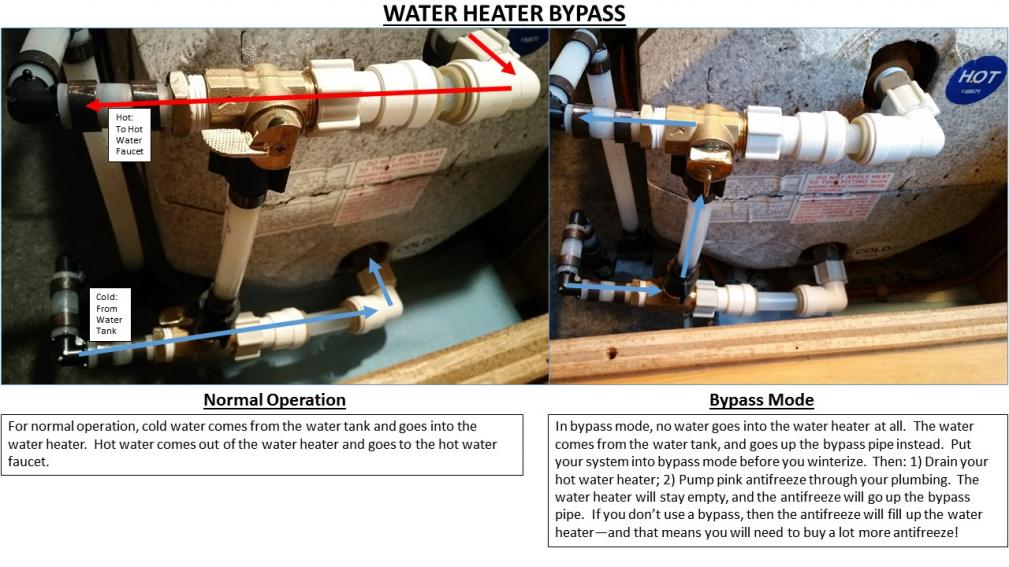(I posted this before I saw your post #11. Looks like you discovered how pressurized water can turn an anode into a lethal projectile. Your anode is completely gone. Replace it.)
In order to maintain your water heater, you will need to drain and flush it, and remove and replace the anode on an annual basis. The purpose of the anode is to reduce the opportunities for electrolysis to damage the steel casing of your water heater.
There are numerous YouTube videos on how to do this. Here's a good one:
A few notes:
1. Be sure to de-pressurize your water system before you pull the anode rod, or the water pressure will blow it across the parking lot once you loosen the threads. Entertaining, as long as you aren't standing in front of the missile.
2. Most older RVs have not had the tank flushed and anode replaced for years. The last one I did, I needed to use a 3' cheater bar to get the threads to let go. Don't be surprised if you have to muscle it to get it to turn.
3. Be sure to flush out your tank. Invariably, they are loaded with stuff.
4. You will find both magnesium and aluminum replacement anode rods on the market. Aluminum lasts longer, but does not protect as well. Go with magnesium, and change it yearly.
5. Use thread tape on the threads of the new anode. It will seal better, and it will make it much easier to remove next year.
6. Once you have done it once, it is a very quick job.
7. I like to plumb a water heater bypass into my water system. This can be handy for maintenance, and for keeping water out of the water heater if you just want brief usage during cold weather, without needing to drain the water heater afterwards. There is lots of information online about water heater bypasses. Here's a couple of pics of one I did in my Roadtrek. The attached notes reference pink antifreeze--that's generally something to be avoided when possible, but cannot be avoided with Roadtreks.
